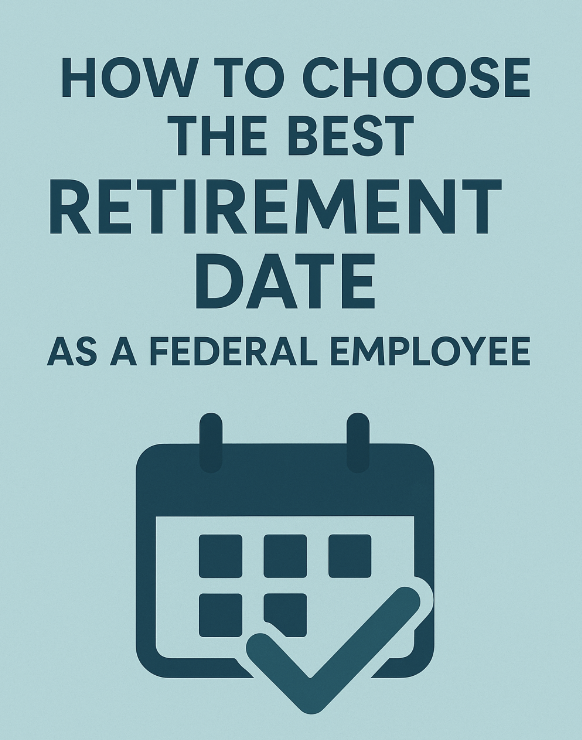As a federal employee under the Federal Employees Retirement System (FERS), your retirement income is built on multiple components. Two of the most critical are Social Security and the FERS Retirement Supplement. Together, they help ensure a steady stream of income in retirement—especially if you plan to retire before age 62.
This blog will break down how these two income sources work together and why understanding them is essential for a secure federal retirement.
The Role of Social Security in Your Federal Retirement
Federal employees under FERS are fully covered by Social Security, just like private-sector workers. That means you’ll be eligible to receive monthly Social Security benefits based on your earnings history once you reach retirement age.
How Social Security Benefits Are Calculated
Social Security uses your highest 35 years of earnings to calculate your benefit. The formula determines your Primary Insurance Amount (PIA)—the benefit you’d receive at your Full Retirement Age (FRA).
Key Points:
- Eligibility: You must earn at least 40 credits (typically 10 years of work) to qualify for benefits.
- Full Retirement Age (FRA): This varies depending on your birth year and typically ranges from 66 to 67.
- Early vs. Delayed Retirement:
- Claiming early (as early as age 62) results in reduced monthly benefits.
- Delaying past FRA (up to age 70) increases your monthly benefit due to delayed retirement credits.
To estimate your future benefits, you can visit the official Social Security Administration website.
The FERS Retirement Supplement: Filling the Gap Before Age 62
If you retire under FERS before age 62, you’re not yet eligible to receive Social Security—but that’s where the FERS Retirement Supplement comes in.
This benefit is designed to bridge the gap between your retirement and when your Social Security kicks in. It’s calculated to approximate the portion of your Social Security earned from your years of federal service.
Quick Overview:
- Only available to those who retire before age 62 with at least 20 years at age 60 or 30 years at MRA.
- The supplement ends at age 62 when you become eligible for Social Security.
- It’s subject to income limits and may be reduced if you earn above certain thresholds in retirement.
Putting It All Together: Your Income Timeline
For many federal employees, the FERS Retirement Supplement and Social Security benefits work in tandem to ensure a smooth transition into retirement:
- Retire before 62? You may qualify for the FERS Supplement to fill the gap.
- Turn 62? The FERS Supplement ends, and Social Security eligibility begins.
- Delay Social Security? You can still choose to delay for higher benefits, but will need to plan for that income gap.
Get Clarity on Your Federal Retirement Plan
Understanding how and when to claim Social Security and how the FERS Supplement fits in can dramatically impact your retirement income strategy.
That’s why we offer a complimentary retirement consultation for federal employees.
In your session, we’ll cover:
- Your estimated FERS pension
- Whether you qualify for the FERS Supplement
- Social Security timing strategies
- Customized retirement income options
Book Your Retirement Consultation Here
Your service deserves a retirement that works just as hard as you did.


